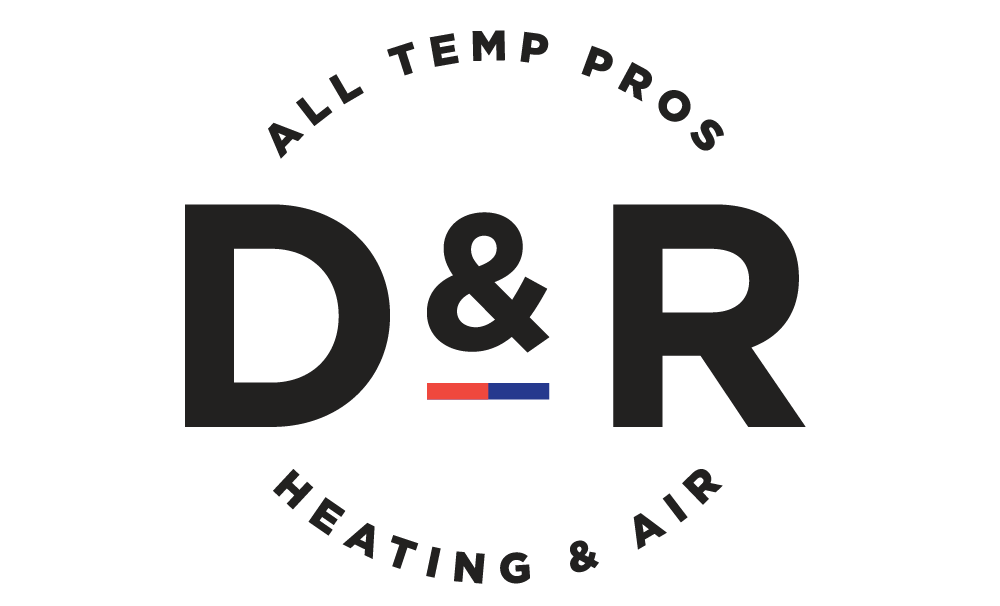Repair or Replace?
Making the decision to repair or replace your existing HVAC equipment can often times be a hard choice. Whether its time commitment, cost related, or just unsure what to do, D&R Heating and Air can help you make that decision.
Consider these things when starting to think about which option is right for you:
1) Safety: If there is a safety concern such as a carbon monoxide leak that can’t be fixed or the unit becomes a fire hazard - replacing the system is your best option for the safety of you and your family. Find out more about the dangers of carbon monoxide here.
2) Age of HVAC Equipment: Over time HVAC equipment, like most things, starts to break down. A typical HVAC system can last around 10-15 years depending on maintenance upkeep and usage. After a system is past its prime the efficiency dwindles and can raise your energy cost, even with proper maintenance and care.
3) When to repair: When the system gets near then end of its lifetime or is not keeping up with your comfort needs consider the cost of repairs vs. replacement. This formula from Lennox can help you easily calculate if its time to replace your current system based on cost.
“a surprisingly simple formula widely used across the HVAC industry for evaluating the best use of your money. Just multiply the unit’s age by the cost of repairs. If the total exceeds $5,000, you’ll want to replace it. You’ll want to do the same if you’re finding yourself repeatedly repairing the same system.” -Lennox
Example of repair vs replace formula from Lennox
4) Advancements: Technology is always advancing, improving and changing. Newer HVAC systems have many features such as air purification and zoning technology that lets you control the temperature in individual rooms rather than the whole home.
Most newer systems tend to produce lower energy usage bills because of their EnergyStar ratings. Newer systems also have less environmental impact due to the Environmental Protection Agencies (EPA) refrigerant regulations. Read more about these regulations and the phase out of R-22 refrigerant here.


